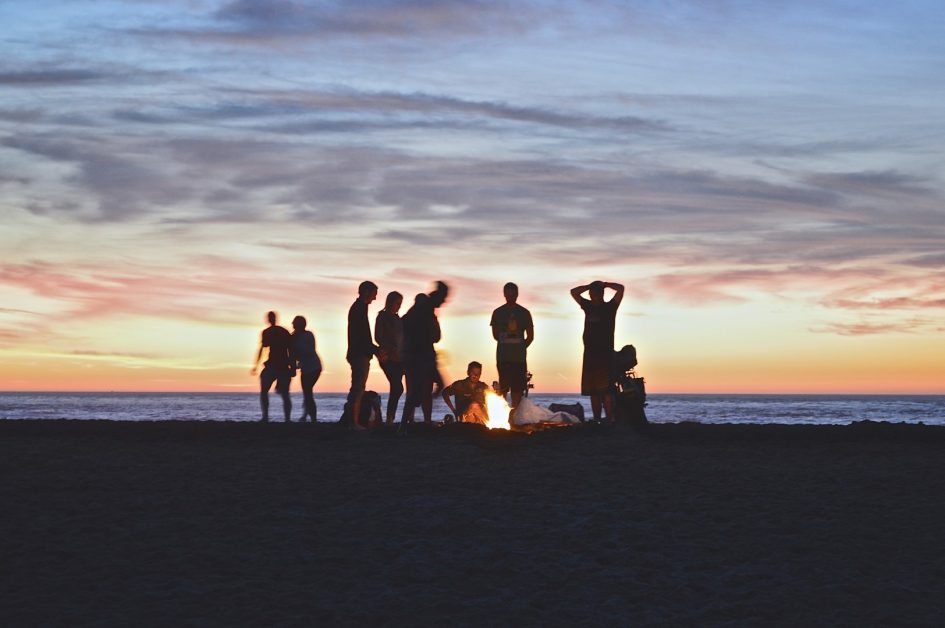Digital storytelling is a form of digital media production that allows individuals to tell a story with video. These may be in the form of personal monologues; stories of a place, person, event, or thing; reflections; documentaries; science fiction; poetry; the list goes on. Digital stories can be created by students to demonstrate their knowledge, awareness, or reflection on a topic or issue. They allow a student to demonstrate that knowledge in creative ways using digital media. In the process they also learn about creating and working with digital media, a valuable digital literacy.
One can think of digital storytelling as the modern way to approach the ancient art of storytelling, now interwoven with digitised stills, moving images, and sound. In combination with digital media, cell phone cameras, and openly licensed resources, students may approach storytelling from unique perspectives combining resources to tell their story. Digital stories may be used as an expressive medium to integrate their own knowledge and skills with the curriculum. They also promote the idea of representing learning through stories, language, metaphors, and an oral tradition thereby incorporating indigenous ways of knowing into our courses.
Digital stories may include video, animations, or still images and usually contain audio of the student speaking to the contents of the video. Text displayed on screen could be used instead of audio narration. Music or sound effects may also be combined with the audio where appropriate. It is possible for students to work individually or collaboratively to produce digital stories. Once completed, these stories can be uploaded to YouTube and made available to the instructor, their peers, or the wider community.
Digital storytelling can be done using the Screencastify – Screen Video Recorder (discussed in class) which will allow a student to voice narrate what is being displayed on their computer screen. They could bring up a set of presentation slides, a series of pictures, or navigate through a website, while narrating their story. There are also free tools for creating video online, such as Biteable or WeVideo, which allow basic creation and editing with limitations. Should they want to integrate video captured via a camera, they may need access to video editing software such as iMovie or Windows Movie Maker (soon to be Windows Story Remix). I have also just discovered Openshot, which appears to be a free and open-source video editor for Windows, MacOS, and Linux, which can be downloaded and used for editing video. The latter options may involve more work and complexity to create the digital story, but also gives them more creative flexibility.
As an educator, the first question to consider is: what story do you want your students to tell, reflect on, or investigate? This may already be established for your course, in which case you may offer digital stories to your students as an alternative to other means of assessment. I think we might be pleasantly surprised with what they come up with.
Resources:
The power of digital storytelling by Emily Bailin
Recommendations for planning a digital story
Robin, B. (2006). The educational uses of digital storytelling. Technology and teacher education annual, 1, 709.
The Center for Digital Storytelling
Lesson Plans for Integrating Digital Stories
Digital storytelling. (2017, September 10). In Wikipedia, The Free Encyclopedia. Retrieved October 5, 2017.
Lynch, M. (2017, November 7). How Digital Storytelling Can Amplify Your Students’ Voices. Retrieved November 14, 2017.
Photo by Lisel Nicole Jensen


Leave a Reply